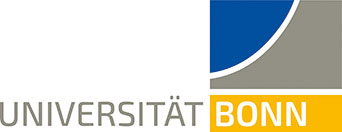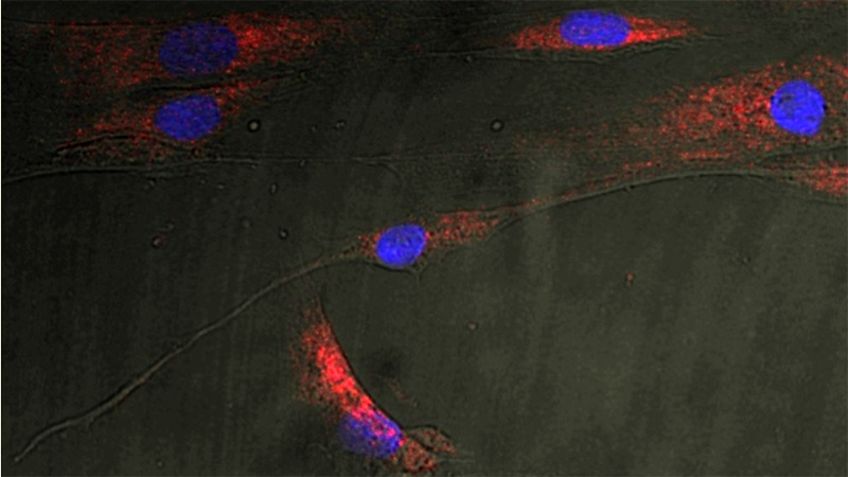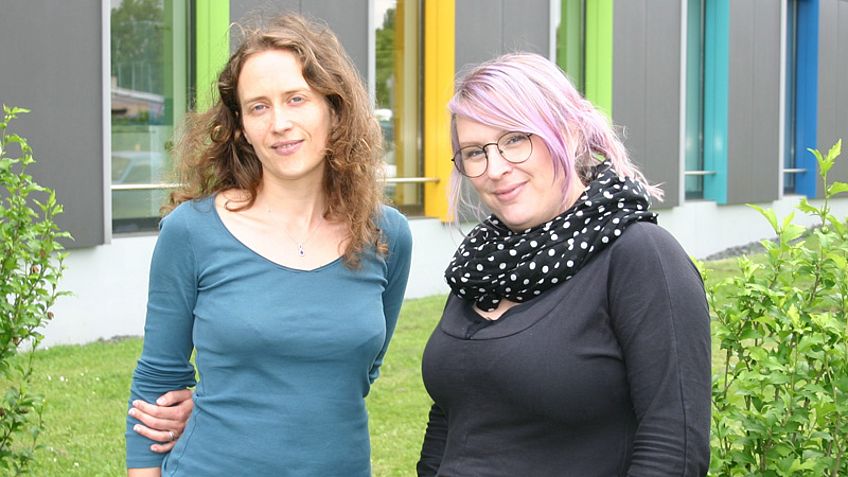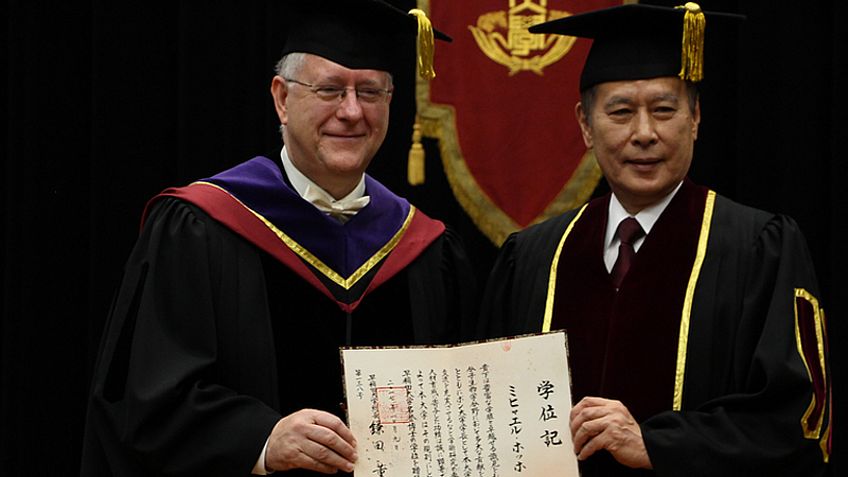Specific genetic and molecular programmes are known to orchestrate growth and cellular differentiation during development.
Dr. Mélisande Richard, post-doc in Michael Hoch’s lab,used the Drosophila eye as a model system to examine the role of gap junction channels during organ development.
The Drosophila eye disc, giving rise to the adult eye, is a bilayered epithelium that undergoes a series of precisely coordinated cell-cell and long-range signalling events during larval and pupal development. Several signal transduction pathways (such as Decapentaplegic, Notch, Hedgehog, JAK-STAT) are developmentally regulated in the eye disc to control cell proliferation, differentiation and morphogenesis.
Gap junctions are aqueous pores that regulate the cell-cell exchange of ions and small signalling molecules. They are composed of Connexin proteins in chordates and Innexins in invertebrates (8 different Innexins in Drosophila). Each intercellular channel is a composite of two hemichannels, one from each of two apposed cells. Hemichannels contain 6 Connexin/Innexin proteins closely apposed and dock in the extracellular space to form a complete channel.
The publication by Richard and Hoch now shows that Drosophila Innexin2 controls the final size of the eye by interacting with the signaling pathway induced upon Decapentaplegic (a morphogen) secretion in the eye disc. Innexin2 regulates disc cell proliferation and is required for expression of two Decapentaplegic receptors. The Decapentaplegic pathway was regulated at the transcriptional level upon changes in Innexin2 levels in eye disc cells. Considering the increasing amount of data supporting the idea that gap junction proteins exert activities independently of their channel function, Richard and Hoch hypothesize that Innexin2 influences transcriptional regulation of genes through binding to unidentified partner proteins.
This work highlights the role of gap junction proteins in regulating morphogen-dependent organ size determination.
Drosophila eye size is determined by Innexin 2-dependent Decapentaplegic signaling. Richard, M., Hoch, M., Dev. Biol. Volume 408, Issue 1, Pages 26–40
http://www.sciencedirect.com/science/article/pii/S001216061530230X
Dr. Melisande Richard
Life & Medical Sciences (LIMES) Institut
Universität Bonn
Tel. 0228/73-62710
E-Mail: mrichard@uni-bonn.de









![[Translate to englisch:] Fliegen, in denen Innexin2 deletiert wurde, weisen eine stark reduzierte Größe der Augen auf (rechts). [Translate to englisch:] Fliegen, in denen Innexin2 deletiert wurde, weisen eine stark reduzierte Größe der Augen auf (rechts).](/fileadmin/user_upload/Group-Hoch/Aktuelles/Richard-pic.jpg)